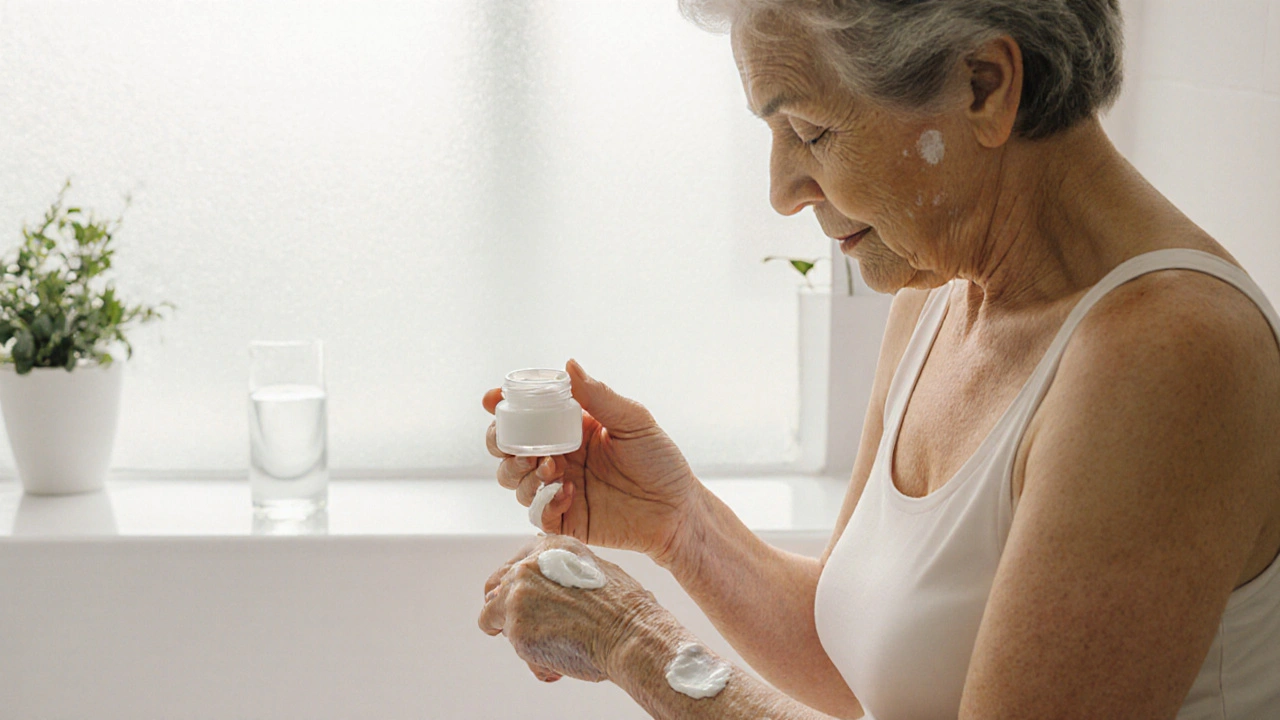Buy Cheap Generic Zoloft Online - Safe & Affordable Options
October 4 2025Monobenzone – Uses, Safety, and Related Skin Treatments
Monobenzone, a topical depigmenting agent used to create uniform skin tone in extensive pigment disorders. Also known as monobenzone hydrochloride, it works by selectively destroying melanocytes, the cells that produce melanin. Monobenzone is prescribed when a patient needs to even out large areas of skin that have lost pigment.
Vitiligo, an autoimmune condition that destroys melanocytes, leaving white patches on the skin often leads doctors to consider depigmentation therapy, a treatment that lightens the remaining pigmented skin to match depigmented areas. This strategy is usually reserved for widespread disease where repigmentation attempts have failed. Dermatology, the medical specialty focused on skin, hair, and nail health professionals assess the risk‑benefit balance, monitor side effects, and guide patients on sun protection because the skin becomes highly photosensitive after treatment.
Key safety points include applying the cream only to healthy skin, avoiding broken or irritated areas, and scheduling regular follow‑ups. The active ingredient triggers melanocyte death, which creates uniform skin tone (Monobenzone → melanocyte destruction → even pigmentation). Patients should expect gradual lightening over weeks, and they must use sunscreen with high SPF to prevent burns. The collection below showcases articles on related topics such as actinic keratosis diagnosis, skin‑condition differentiation, and practical guides for buying medications online—resources that help you understand the broader landscape of skin health and medication safety.
 27 Sep
27 Sep
Benoquin Cream (Monobenzone) vs. Alternative Depigmentation Treatments - Full Comparison
Compare Benoquin cream (Monobenzone) with other depigmenting options, covering effectiveness, safety, usage and practical tips for vitiligo patients.
Read More...




